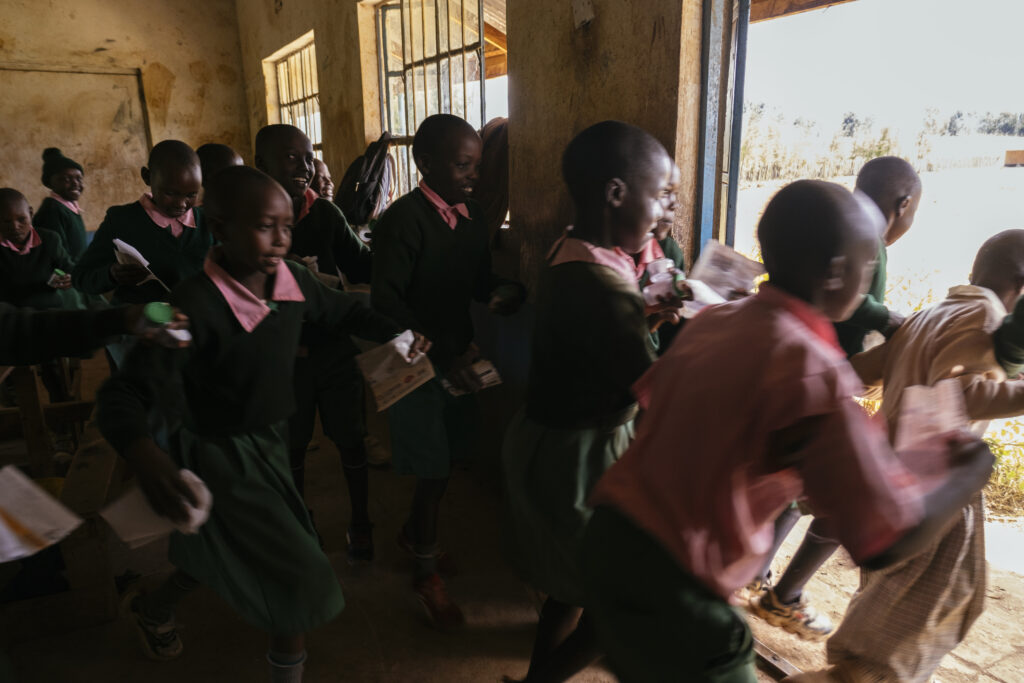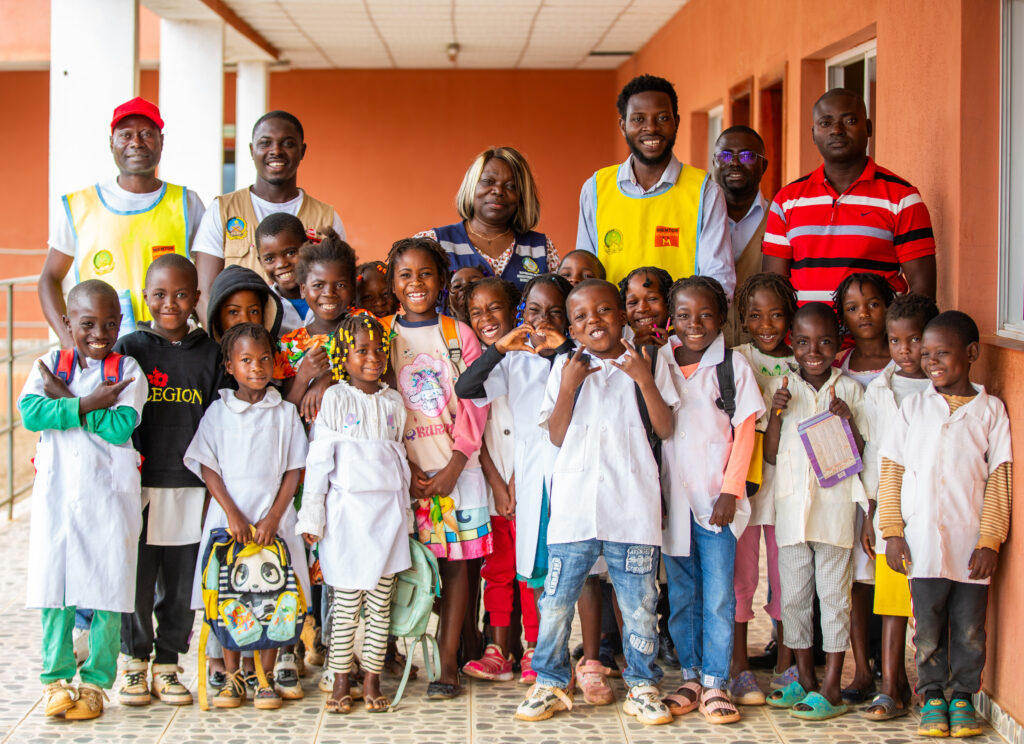By: Elisa Baring, Director, Special Projects
Not too long ago I was in Montana for a family reunion and it was fabulous! There was fly fishing, camping, natural hot springs, horseback riding, rafting, paddle boarding, and a ton more amazing family-friendly activities. One afternoon my cousin took all the kids to the local lake for a paddleboard session. I stayed at the house to get some work done and enjoyed some quality down time.

Later that afternoon, when everybody was home and showered, I noticed two of my cousin’s sons were itching their legs quite a bit. I asked them what it was and Ryan said it was “swimmers itch.” I looked closely and there were lots of little mosquito bite-like red welts all over his legs. Being somebody that likes to get to the bottom of things, I quickly asked my Uncle Jim if he knew anything about what Ryan called “swimmer’s itch.” Uncle Jim is an entomologist and was a biology high school teacher before he retired, so he always seems to know “the science behind things” – if my family ever came across a crazy beetle or a huge spider, I would send him a photo and ,sure enough, he’d get back to me with an answer. Uncle Jim said it was a cerceria that was harmless but caused little red itchy welts during the summer months.
Wait…cerceria? Cerceria are the small free-swimming larvae in which a parasitic fluke passes from an intermediate host to another host. The cerceria that I know are a part of the complex lifecycle of schistosomiasis – one of the NTDs that I have been working on since my early career in public health. What?!? I know cerceria is a generic term for a free-swimming larvae, but nonetheless I was hooked. I quickly googled “swimmers itch’” and learned that though trichobilharzia and gigantobilharzia were in the same family as the schistosomiasis I know so well, they were a different genus.

So though these two species shared very similar lifecycles, one causes an estimated 200,000 deaths a year and countless cases of anemia throughout the world while the other just causes a slight itchy rash that goes away in a week. The only reason why my sons didn’t get the itchy rash my cousin’s kids did was because they towel dried after their swim. I guess the towel essentially wiped away the cerceria before they could burrow in and cause the “itch!”
It is sort of mind boggling that a little genetic engineering in the distant past enables my sons to freely enjoy the local lake to cool off in the summer heat, while millions of kids around the world don’t have that luxury due to a blood fluke that can lead to chronic and life-threatening diseases or cancers of the bladder, kidney, liver or intestines.
Controlling and even eliminating schistosomiasis has a long way to go, but we need to make it a reality so kids in the 78 countries where transmission of the disease has been reported, can be carefree like my sons and jump in their local lakes or ponds to cool off in the heat of the day.



